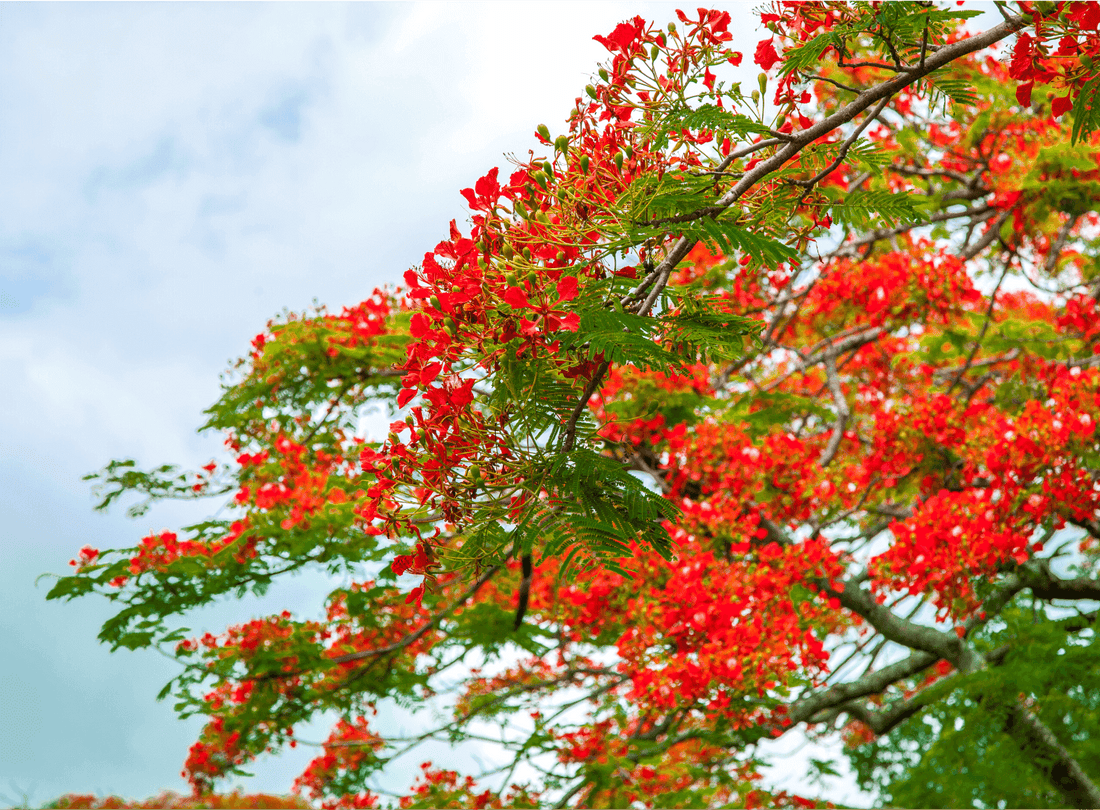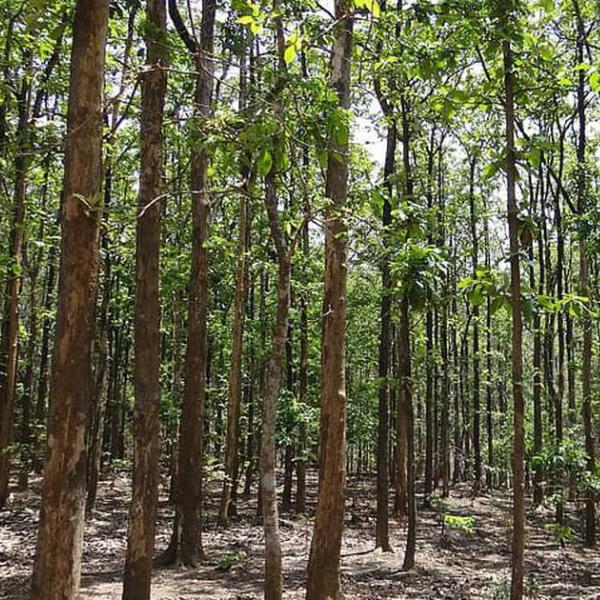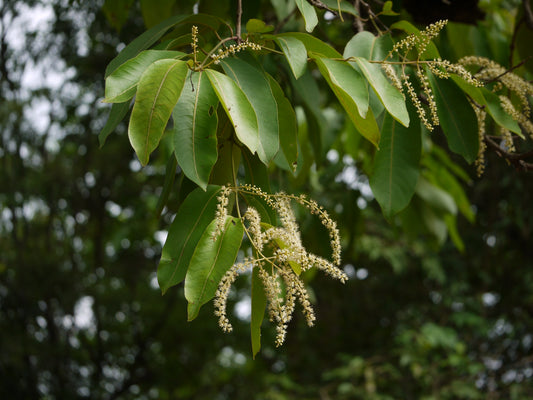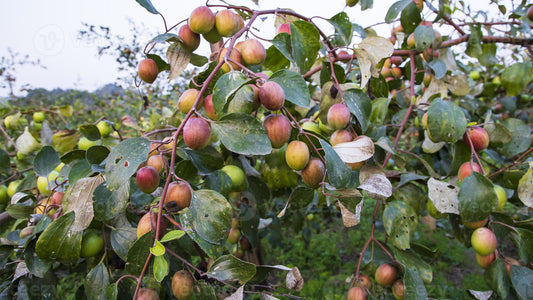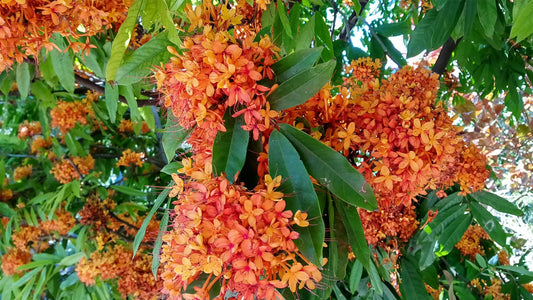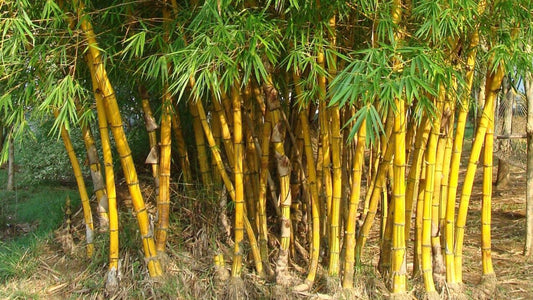Gulmohar Tree Facts
Dive into interesting facts about the Gulmohar tree, known for its flamboyant display of fiery red-orange flowers and fern-like foliage. Learn about its scientific name (Delonix regia), native range, and cultural significance in tropical and subtropical regions worldwide.
Gulmohar Tree Care
Explore essential care tips for growing and maintaining Gulmohar trees in home gardens and urban landscapes. From selecting suitable planting sites to providing adequate sunlight, water, and soil nutrients, learn how to ensure the health and vitality of these iconic flowering trees.
Gulmohar Tree Pruning
Discover the importance of pruning Gulmohar trees to promote healthy growth, enhance flowering, and maintain desired shape and size. Learn about pruning techniques, timing, and precautions to avoid damaging the tree while encouraging optimal performance and aesthetic appeal.
Gulmohar Tree Seeds
Learn about the propagation of Gulmohar trees from seeds and techniques for collecting, storing, and germinating seeds. Explore the life cycle of Gulmohar trees and the role of seeds in natural regeneration and forest ecosystem dynamics.
Gulmohar Tree Medicinal Uses
Explore traditional medicinal uses of Gulmohar bark, leaves, and flowers in herbal remedies and folk medicine. From treating inflammation and fever to promoting wound healing and relieving gastrointestinal disorders, discover the therapeutic potential of this versatile tree species.
Gulmohar Tree Symbolism
Discover the cultural symbolism of the Gulmohar tree in various traditions, myths, and literary works. Revered for its vibrant flowers, graceful canopy, and associations with love, beauty, and renewal, the Gulmohar tree holds a special place in the hearts and imaginations of people around the world.
Gulmohar Tree Habitat
Delve into the natural habitat of Gulmohar trees, including tropical and subtropical regions with well-drained soil and ample sunlight. Learn about their ecological role in urban greening, soil stabilization, and biodiversity conservation in diverse landscapes.
Gulmohar Tree Timber Uses
Explore the lesser-known uses of Gulmohar wood in carpentry, furniture making, and handicrafts. Despite its relatively low commercial value, Gulmohar wood is prized for its attractive grain patterns, lightweight, and ease of carving, making it suitable for decorative and artistic purposes.
Gulmohar Tree Flowering Season
Learn about the flowering season of Gulmohar trees and the factors influencing the timing and intensity of bloom. From environmental cues such as temperature and rainfall to tree age and health, various factors contribute to the spectacular floral display of these iconic trees.
Gulmohar Tree Growth Rate
Gain insights into the growth rate and development of Gulmohar trees under optimal growing conditions. With rapid growth during the early years, followed by slower maturation and stabilization, Gulmohar trees can reach impressive heights and spread, providing shade and beauty in urban and rural landscapes.
Gulmohar Tree Invasive Potential
Explore the potential invasiveness of Gulmohar trees in non-native habitats and the ecological impacts of their introduction. While valued for their ornamental value, Gulmohar trees can become invasive in certain regions, outcompeting native vegetation and altering ecosystem dynamics.
Gulmohar Tree Conservation
Learn about conservation efforts aimed at protecting Gulmohar trees and their natural habitats from threats such as deforestation, urbanization, and climate change. Discover initiatives focused on habitat restoration, community engagement, and sustainable land management to ensure the long-term survival of these iconic trees.
Gulmohar Tree Leaf Characteristics
Explore the distinctive characteristics of Gulmohar leaves, including their bipinnate compound structure and feathery appearance. With bright green foliage that provides shade and shelter, Gulmohar leaves contribute to the aesthetic appeal and ecological functions of these graceful trees.
Gulmohar Tree Root System
Learn about the root system of Gulmohar trees and its role in anchoring the tree, absorbing water and nutrients, and supporting aboveground growth. With a deep and extensive root system, Gulmohar trees are well-adapted to various soil types and environmental conditions, making them resilient and long-lived.
Gulmohar Tree Drought Tolerance
Discover the drought tolerance mechanisms of Gulmohar trees and their ability to survive prolonged dry periods. With adaptations such as deep roots, water storage tissues, and reduced transpiration rates, Gulmohar trees can withstand drought stress and thrive in arid and semi-arid climates.
Gulmohar Tree Flower Anatomy
Explore the anatomy of Gulmohar flowers, including their vibrant coloration, floral structure, and reproductive organs. From the showy petals and stamens to the ovary and stigma, Gulmohar flowers exhibit intricate adaptations for attracting pollinators and facilitating seed production.
Gulmohar Tree Soil Requirements
Learn about the soil requirements for growing Gulmohar trees and optimizing their health and growth. From well-drained loamy soils to sandy or clayey substrates, Gulmohar trees prefer fertile soils with good aeration and moisture retention, ensuring robust root development and nutrient uptake.
Gulmohar Tree Pest and Disease Management
Discover common pests and diseases that affect Gulmohar trees and strategies for prevention and control. From fungal infections and leaf-chewing insects to root rot and wilt diseases, proactive management practices can help mitigate the impact of pests and diseases on tree health.
Gulmohar Tree Root Pruning
Learn about root pruning techniques for Gulmohar trees to address root-related issues and promote tree health and stability. From removing circling roots and surface roots to enhancing soil aeration and drainage, root pruning can improve the overall vigor and longevity of Gulmohar trees in urban landscapes.
Gulmohar Tree Landscape Design
Explore creative ideas for incorporating Gulmohar trees into landscape designs, gardens, and public spaces. From focal points and shade trees to street plantings and mixed borders, Gulmohar trees offer endless possibilities for enhancing aesthetics, biodiversity, and environmental quality in diverse settings.

